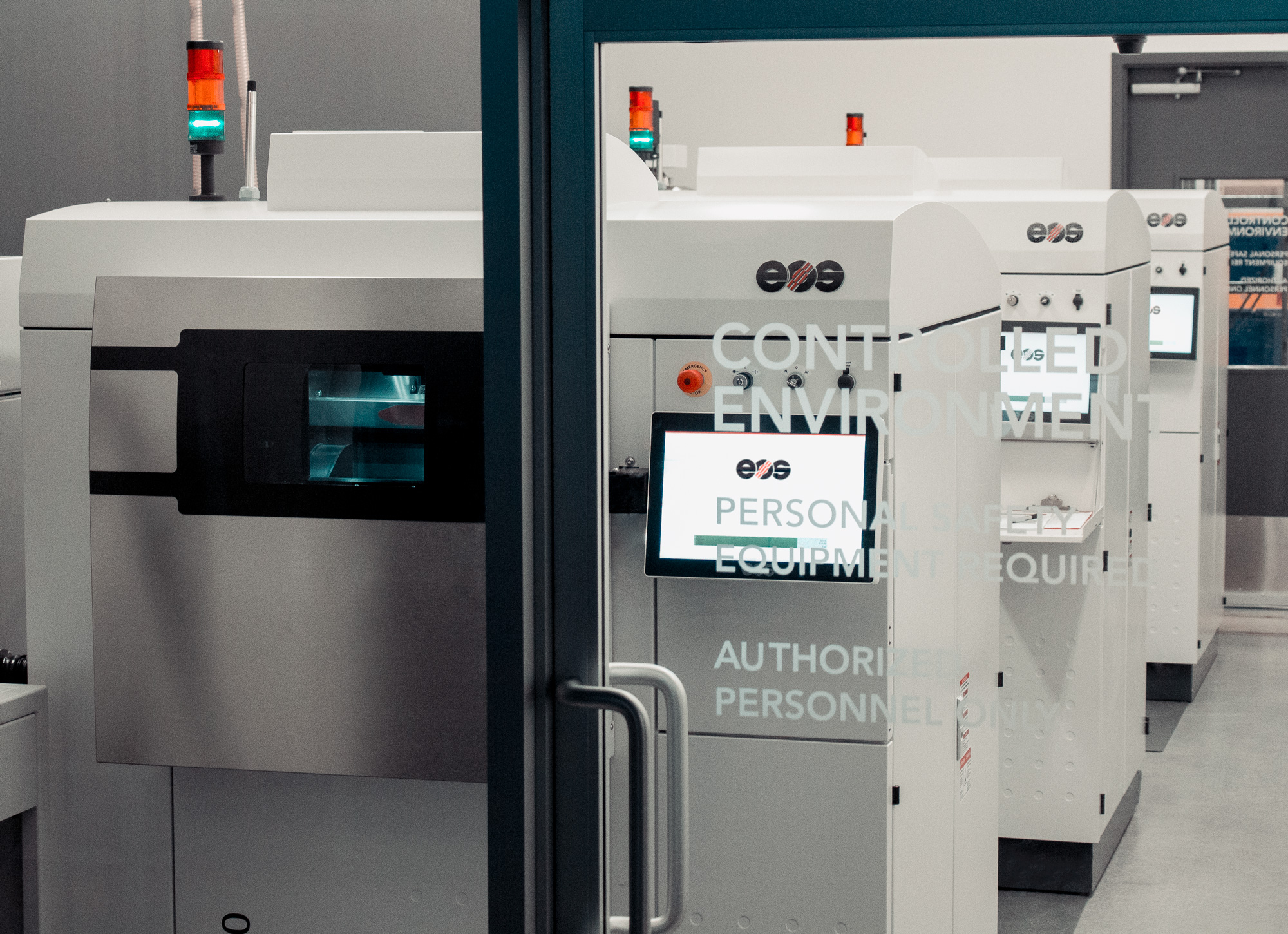
By Ernest Granson
The metal machine shop, with its suite of tools, has long been a staple of industry. Until recently, human hands and brain have been guiding those tools; but there are major changes coming, as promised by additive manufacturing businesses that are intent on bringing the primary additive tool – the 3D printer – into mass production.
While mass production hasn’t been reached yet, additive manufacturing already offers compelling industrial benefits.
“It allows the designer or engineer to think completely outside of the norm,” says Ian Klassen, Director of Aerospace Sales and Business Development for Precision ADM Inc., based in Winnipeg, Man. “This technology can create impossible parts, but it’s still a tool like any other technology. We always advise our clients, when thinking about manufacturing, it’s wise to consider all technologies.”
Precision ADM originated as a spin-out from the Orthopaedic Innovation Centre (OIC, also located in Winnipeg), a multidisciplinary facility that houses state-of-the-art technology for orthopaedic medical device design, testing, and services. The company was officially formed in 2015, transitioning to a 20,000 sq.ft. facility where it focused on additive-manufacturing medical devices like knee joints and hip cups from metal. That vision has expanded into other sectors including aerospace and industrial which encompasses oil and gas, automotive, tooling and more.
Precision ADM’s technology uses a powder bed laser system that employs a welding process called direct laser sintering, says Klassen.
 “We start with a blank plate of metal in the printer. The printer then builds the device, layer by layer, as translated from a CAD file,” he says. “The resulting metallurgy is outstanding and the tolerances are very tight. The metal is much better than cast material because of its increased density, and the digital files we work with on this machine require low labour content. The geometries that can be created makes additive manufacturing very exciting. You begin with a completely blank slate and overnight you will have built a part with a complex geometry of organic shapes from ideas and concepts you can’t manufacture conventionally. There are other significant benefits as well; throughout the building process, the design can be modified very quickly; there is little waste of material because powder is used to manufacture the product; parts can be made as a single piece structure which means less inventory is required for individual parts that must be assembled.”
“We start with a blank plate of metal in the printer. The printer then builds the device, layer by layer, as translated from a CAD file,” he says. “The resulting metallurgy is outstanding and the tolerances are very tight. The metal is much better than cast material because of its increased density, and the digital files we work with on this machine require low labour content. The geometries that can be created makes additive manufacturing very exciting. You begin with a completely blank slate and overnight you will have built a part with a complex geometry of organic shapes from ideas and concepts you can’t manufacture conventionally. There are other significant benefits as well; throughout the building process, the design can be modified very quickly; there is little waste of material because powder is used to manufacture the product; parts can be made as a single piece structure which means less inventory is required for individual parts that must be assembled.”
Read the rest of the story in the September issue of ProcessWest magazine
